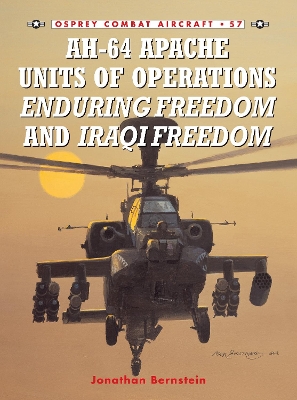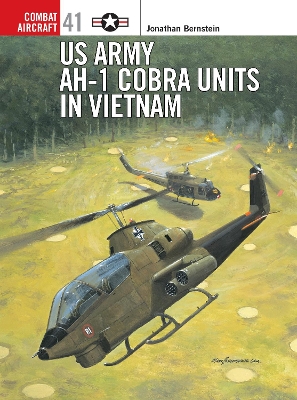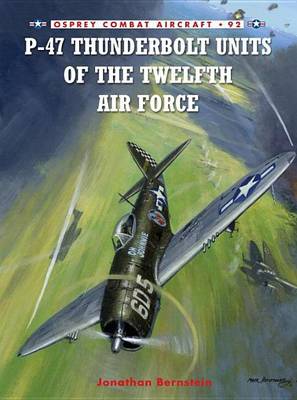Combat Aircraft
1 primary work • 3 total works
Book 57
AH-64 Apache Units of Operations Enduring Freedom & Iraqi Freedom
by Jonathan Bernstein
Published 5 May 2005
After the attacks on 11 September 2001, Apache units made significant contributions to the Coalition campaign against Taliban and al-Qaeda forces in Afghanistan. Functioning as the 'killer' part of US Army Hunter-killer teams, Apaches sought out and brought overwhelming firepower to bear on Taliban and al-Qaeda forces, as well as providing direct support to Coalition troops on the ground. Apaches spearheaded the advance of the 3rd infantry and the 101st airborne divisions into Iraq, engaging in some of the heaviest fighting along the western axis of advance. Weather and enemy fire took a heavy toll on Apaches operating in Western Iraq, but the resilience and flexibility of the Apache was central to the success of this campaign.
The P-47 Thunderbolt, originally designed as a high-altitude interceptor, became the principal US fighter-bomber of World War II. First adapted to the ground attack role by units of the Twelfth Air Force in early 1944, the strength and durability of the P-47 airframe, along with its massive size, earned it the nickname 'Juggernaut', which was quickly shortened to 'Jug' throughout the MTO and ETO. By October 1943, with the creation of the Fifteenth Air Force, nearly half of the Twelfth's fighter groups would be retasked with strategic escort missions, leaving six groups to perform close air support and interdiction missions throughout the entire Mediterranean theatre. The groups inflicted incredible damage on the enemy's transport routes in particular, using rockets, bombs, napalm and machine-gun rounds to down bridges, blow up tunnels and strafe trains. Myriad first-hand accounts and period photography reveal the spectacular success enjoyed by the Thunderbolt in the MTO in the final year of the war.


